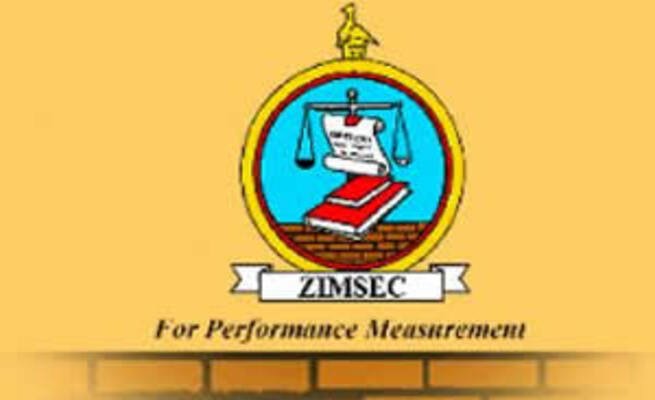The Zimbabwe School Examinations Council (Zimsec) has released the results for the June 2024 Ordinary and Advanced Level examinations, revealing a concerning trend of low participation and an alarmingly low pass rate.
A total of 1,938 students, representing 6% of the registered candidates, were absent from the O-Level examinations. This shocking figure highlights a potential crisis in the education system, with many students missing out on the opportunity to further their studies.
The pass rate for the O-Level examinations was a dismal 4.44%, with only 17 out of 383 candidates achieving a Grade C or better in five or more subjects. This represents a significant decline from the previous year’s pass rate.
At the A-Level, the situation was equally concerning. While 52 candidates wrote two or more subjects, only 38 obtained Grade E or better, resulting in a pass rate of 31.67%. This is a sharp drop from last year’s 75.89% pass rate.
Speaking at a press conference in Harare, Zimsec board chairperson Professor Paul Mapfumo attributed the low pass rate to a number of factors, including the introduction of the Continuous Assessment Learning Area (CALA) requirement.
“The Ministry of Primary and Secondary Education’s position is that if a candidate does not have a CALA mark, then there will be no results even if the theoretical part of the examination was written,” he said.
The CALA requirement, which was introduced in February this year, has been met with mixed reactions from students and educators. The new curriculum places a greater emphasis on practical assessments, with learners being observed carrying out practical aspects at school.
While the introduction of CALA aims to improve the quality of education and ensure a more holistic assessment of students’ abilities, it has also raised concerns about its implementation and the impact on students’ performance.
The low participation rates in the June examinations, particularly at the A-Level, also raise concerns. Only 120 out of 144 registered candidates took the A-Level exams, compared to 256 in 2023. This significant decrease could be attributed to a number of factors, including the introduction of the new curriculum, financial constraints, and the perceived difficulty of the examinations.
Despite the challenges, Zimsec remains committed to ensuring the quality and integrity of its examinations. The results are now available online through the Zimsec portal, and printed results can be collected from regional offices.
“The results are now available online and accessible to all candidates and authorised personnel through the Zimsec portal,” said Prof Mapfumo.
Heads of examination centres would be able to collect the printed results for their schools or centres from ZIMSEC regional offices today.












